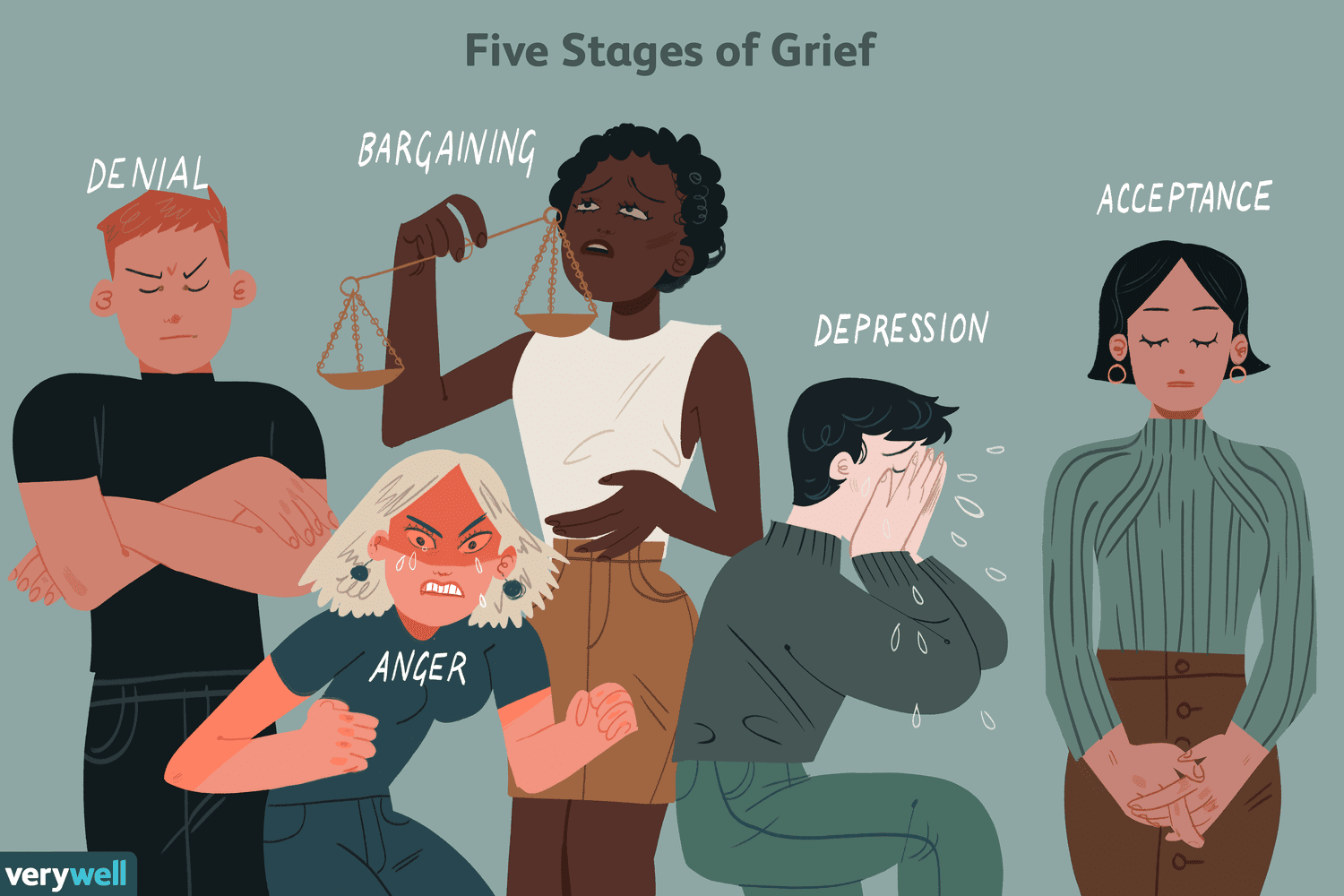Understanding the Meaning of the Five Stages of Grief
Grief is an intricate and universal emotional response to loss, encompassing a range of emotions, thoughts, and behaviors. Dr. Elisabeth Kübler-Ross introduced the concept of the Five Stages of Grief in her groundbreaking book “On Death and Dying,” published in 1969. These stages offer a framework for understanding how individuals process grief and navigate through the challenging journey of healing after experiencing loss.
The Five Stages of Grief
- Denial:
The first stage involves a natural response to shock and disbelief. Individuals may find it difficult to accept the reality of the loss, leading to a protective mechanism of denial. This phase provides a temporary escape from the overwhelming emotions associated with the loss. - Anger:
As the shock begins to wear off, the intensity of the situation may lead to feelings of anger. This anger can be directed towards oneself, others, or even the person or situation that caused the loss. It’s an important phase that allows individuals to express their frustration and sense of injustice. - Bargaining:
In this stage, individuals often seek a sense of control by attempting to negotiate or bargain with a higher power or fate. It’s a way of trying to reverse or alter the outcome of the loss. Bargaining may involve promises or wishes in exchange for the return of what was lost. - Depression:
The realization of the permanence of the loss can trigger deep sadness and depression. Feelings of helplessness, loneliness, and emptiness are common during this stage. It’s a crucial phase for processing the profound impact of the loss and allowing oneself to grieve. - Acceptance:
The final stage is marked by the gradual acceptance of the reality of the loss. While it doesn’t necessarily imply happiness or complete resolution, individuals begin to find a way to move forward. Acceptance involves integrating the loss into one’s life story and adjusting to a new normal.
The Non-Linear Nature of Grief
It’s important to note that grief is a complex and individualized experience. While Kübler-Ross initially presented these stages in a linear sequence, research and clinical experience have shown that individuals may not necessarily progress through them in a fixed order. People may move back and forth between stages, skip stages, or revisit them as they continue to process their emotions.
Coping with the Five Stages of Grief
Understanding the stages of grief can provide a framework for individuals to make sense of their emotions and reactions. However, coping with grief is a unique journey for each person. Seeking support from friends, family, or mental health professionals can be immensely helpful. Additionally, practicing self-care, allowing oneself to grieve, and finding healthy outlets for emotions are crucial steps in the healing process.
The Five Stages of Grief, introduced by Elisabeth Kübler-Ross, offer a valuable framework for comprehending the complex emotional landscape that accompanies loss. This model helps individuals understand their own responses to grief and provides insight into the wide range of emotions they may experience. By acknowledging and embracing these stages, individuals can embark on a journey of healing and find a way to integrate loss into their lives while moving toward acceptance and renewed hope.










